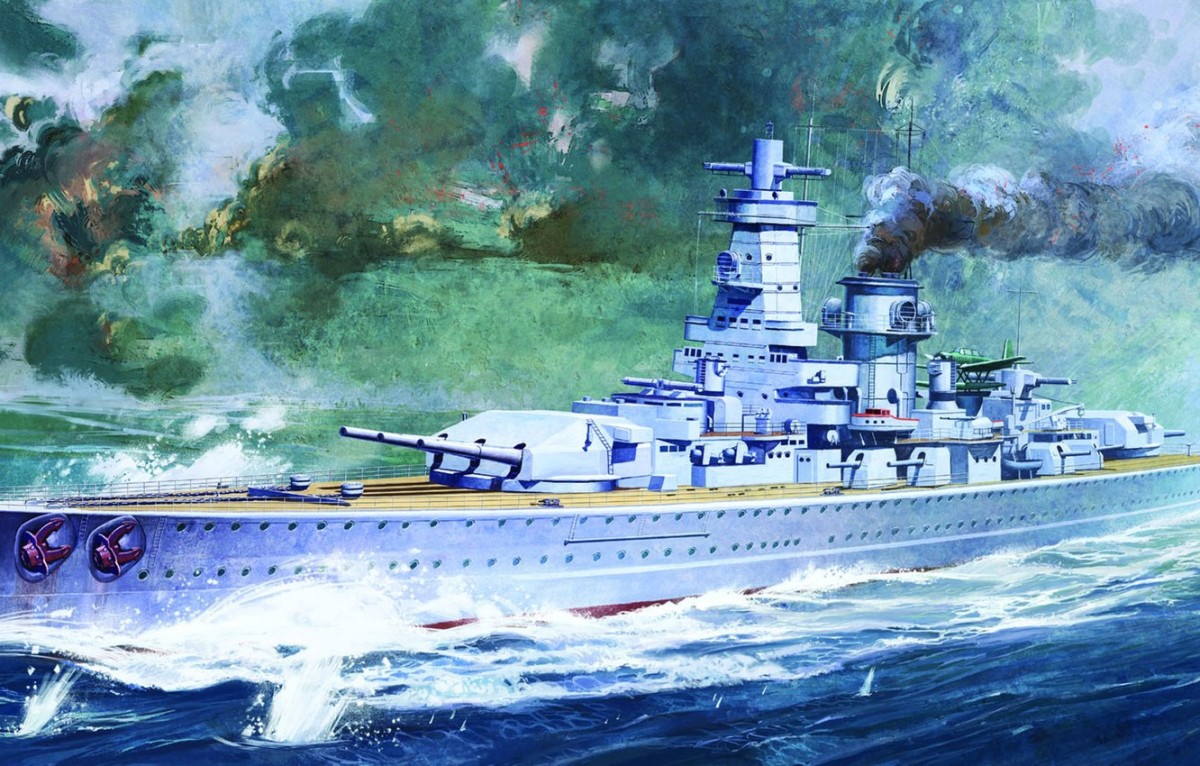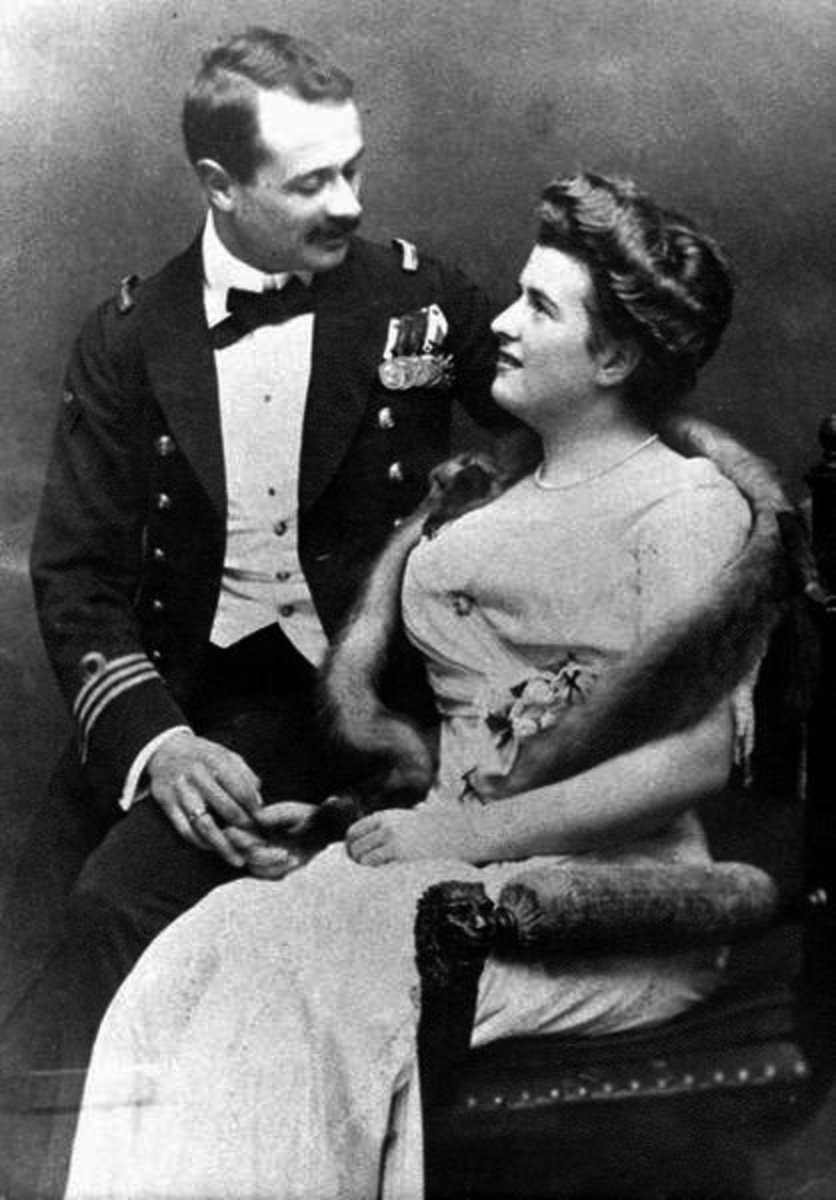Visiting the anchor of the Graf Spee, Montevideo, Uruguay: remembering a World War Two sea battle and its aftermath
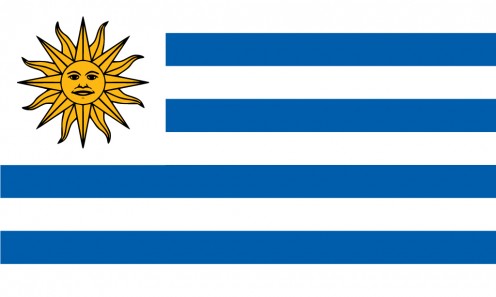
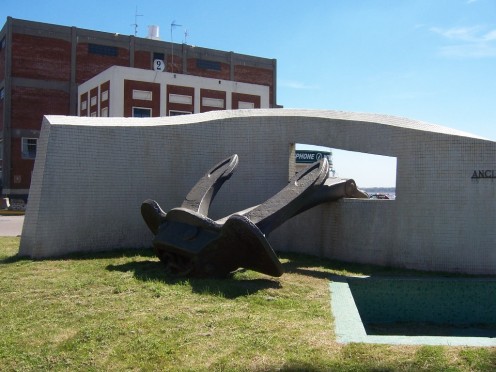
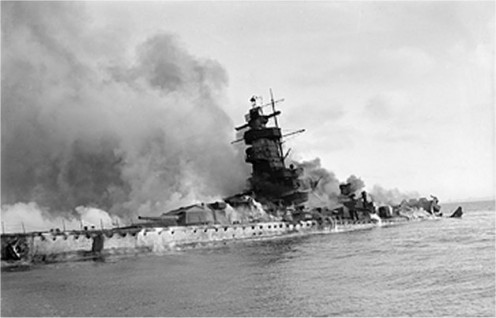
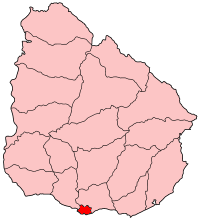
A matter of sovereignty
Captain Hans Langsdorff had a problem. The year was 1939. Following a sea battle off Uruguay, with the Royal Navy's HMS Ajax , HMS Achilles and HMS Exeter , when Captain Langsdorff's ship the Graf Spee (1) was damaged, he ordered the ship to put in to the port of Montevideo for repairs, and for the ship's wounded to be attended to and its dead buried.
Neutrality has all sorts of meanings. Sometimes neutral countries will tilt their stance in favour of one side or another. In the case of Uruguay, the government was not identified with Hitler's Germany, and as a neutral country in World War Two, did not wish to offend the United Kingdom, and it insisted that the Captain of the Graf Spee sail out of Montevideo harbour once some provisions had been taken on board and some limited repairs had been made to the battle damage sustained.
Thus, Captain Langsdorff decided to scuttle the Graf Spee ; its crew escaped to Argentina (whose nuanced neutrality in World War Two made it more propitious for its crew to find refuge there rather than in Uruguay); Captain Langsdorff, knowing that there was no future for him back in Nazi Germany, took his own life.
For decades, the anchor of the Graf Spee has been on prominent display at the port of Montevideo, a reminder that this great vessel came to Montevideo and no further. Far from being somehow a celebration of the repellant government which owned the vessel, it is rather a monument to those who sailed in her, and also more broadly to the maintenance of Uruguayan sovereignty.
Recently revealed records show that the United States exercised diplomatic pressure (2) in encouraging Uruguay to maintain a strict non-involvement with the belligerent parties to the sea-battle and stand-off, thus preserving the country from sliding into a war not of Uruguay's choosing.
In recent years, the Uruguayan government gave permission for salvage experts to raise artifacts from the wreck of the Graf Spee .
Also in recent years, a street in Ajax, Ontario (itself named for one of the British warships which fought against the Graf Spee in the River Plate), was named for Captain Langsdorff. (Thus, if Ontarians can understand why Uruguayans regard Captain Langsdorff as a hero, for helping his crew to survive and for helping to maintain Uruguay's neutrality in World War Two, then maybe Ontarians can also belatedly understand why their Québecois neighbours found difficulty in the notion of Conscription being imposed in Québec by English Canada in both World Wars One and Two.)
The Graf Spee's telemetre may also be seen in the display area at the port of Montevideo. One of the ship's canon is also on display at Uruguay's Naval Museum in Montevideo.
June 6, 2012
Notes
(1) The Graf Spee was named for a World War One Imperial German Admiral, Maximilian, Reichsgraf von Spee, who, with his ship the Scharnhorst , was lured to his death off the Falkland Islands in 1914 by a phoney order sent supposedly by his German Imperial Naval superiors, but actually by Room 40 of British Naval Intelligence, headed by Admiral William Reginald Hall, which had successfully cracked the German cypher. Other Imperial German ships were also sunk during the Battle of the Falkland Islands on December 8, 1914, with losses including about 2000 German sailors, numbered among whom were two sons of Admiral, Graf von Spee. For Uruguayans' Argentinian neighbours, who have long claimed the Falkland Islands, the memory of this event represented an unacceptable and tragic intrusion by British Imperialists, treacherous or otherwise. For Uruguayans themselves, who generally defer to notions of Latin American solidarity but have also long had a steak in the freedom of the seas, including the South Atlantic, there were strong, if not wholly acknowledged, reasons not to annoy either Great Britain or — later — the US. For the British, who guaranteed Uruguayan independence in the early 19th century and had many commercial interests there, the sinking of Admiral, Graf von Spee's Scharnhorst in 1914 represented business as usual (as was also the demise of the German battleship named for him 25 years later).
(2) This was not the first time that Uruguayans received strong diplomatic pressure in relation to vessels in the Port of Montevideo. In 1917, US warships docked in Buenos Aires and its captains issued demands to Argentinian President Hipólito Yrigoyen, that Argentina tilt its neutrality in favour of the US in World War One; however, Yrigoyen declined to oblige (in his second Presidential term the hugely popular Yrigoyen was eventually deposed by the military backed by US oil interests in the first coup-d'état since the establishment of Argentina's 1853 Constitution.) Not to be outdone, the US warships sailed to the neighbouring Port of Montevideo, where similar demands were made to the Uruguayan government, which, through its Foreign Minister Baltasar Brum, proved to be more accommodating. Brum himself later became President of Uruguay, but for more than one reason emerged as a tragic figure, committing suicide while opposing a coup-d'état in 1933.
Also worth seeing
In Montevideo itself, visitor attractions include: the Cerro Fortress; the Salvo Palace; the Independence Building (Spanish: Edificio Independencia ; formerly the Estévez Palace); the Legislative Palace (Spanish: Palacio Legislativo ); the Matriz church, or Cathedral; the University of the Republic's main building on Avenida 18 de Julio; and many others.
...
How to get there: LanChile flies to Montevideo , Uruguay from North American destinations including New York and Toronto . Car rental is available at Montevideo Carrasco International airport. Please check with the airline or your travel agent for up to date information.
MJFenn is an independent travel writer based in Ontario, Canada.
Other of my hubpages may also be of interest
- Visiting the Main Building of the University of the Republic, Montevideo, Uruguay: monumental 1911 N
- Visiting the Legislative Palace, Montevideo, Uruguay: splendour in stone
- Visiting Colonia, Uruguay: where the flow converges and reverberates
- Visiting the Arboretum Lussich, near Punta Ballena, Uruguay: remembering a distinguished, Uruguayan
- Visiting the Congress Palace of the Argentinian Nation, Buenos Aires, Argentina: sedateness amidst p




